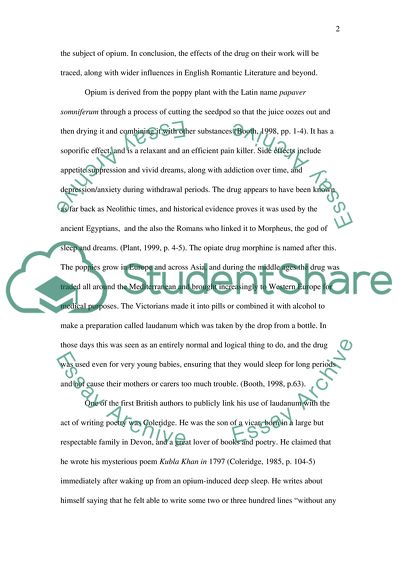Cite this document
(“Effects Of Opium Using On The Victorian Literature Research Paper”, n.d.)
Effects Of Opium Using On The Victorian Literature Research Paper. Retrieved from https://studentshare.org/literature/1740381-the-useof-opium-and-laudanum-and-its-effects-on-victorian-literature-the-romantics-in-particular
Effects Of Opium Using On The Victorian Literature Research Paper. Retrieved from https://studentshare.org/literature/1740381-the-useof-opium-and-laudanum-and-its-effects-on-victorian-literature-the-romantics-in-particular
(Effects Of Opium Using On The Victorian Literature Research Paper)
Effects Of Opium Using On The Victorian Literature Research Paper. https://studentshare.org/literature/1740381-the-useof-opium-and-laudanum-and-its-effects-on-victorian-literature-the-romantics-in-particular.
Effects Of Opium Using On The Victorian Literature Research Paper. https://studentshare.org/literature/1740381-the-useof-opium-and-laudanum-and-its-effects-on-victorian-literature-the-romantics-in-particular.
“Effects Of Opium Using On The Victorian Literature Research Paper”, n.d. https://studentshare.org/literature/1740381-the-useof-opium-and-laudanum-and-its-effects-on-victorian-literature-the-romantics-in-particular.


